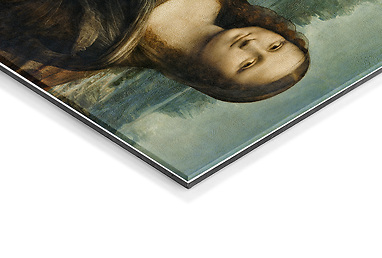Le Bouquet de marguerites (détail) (acrylic panels)
Acrylic Panels
The reproduction is printed on FineArt Satin Paper and then encapsulated between a 3mm Dibond backing and a 2mm acrylic layer. This product offers a greater sense of depth and volume due to 'encapsulation'. FineArt Giclée digital printing is commonly used for the reproduction of works of art. It offers a very high durability thanks to the use of materials and inks based on natural pigments highly resistant to light and museum conservation.
Eco-responsible and recyclable
Product ready to hang, supplied with a wall hanging system Enhancement of colors, contrast and details of the work
Optimal print quality and glossy finishes
Easy to clean



About the Artwork
Le Bouquet de marguerites (détail)
Original work by: Millet, Jean-François Technic: Pastel sur papier beige et châssis entoilé Millet, Jean-François - Le Bouquet de marguerites (détail) - Paris, musée d'Orsay Acquisition sur les arrérages du legs Dol-Lair, 1949 © Photo Rmn- GP (musée d'Orsay) - J.-G. Berizzi © Rmn-Grand Palais, Paris 2023

